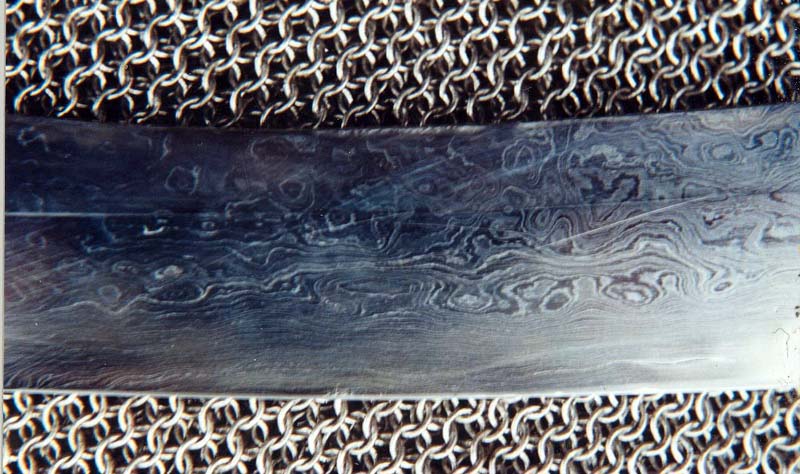Your Cart is Empty


Samurai warriors throughout Japan's feudal period wielded and used a variety of bladed weapons, ranging from short-bladed swords like the tanto to larger swords like the katana and wakizashi. Originally, these swords were made of iron, but Japanese swordsmiths later perfected the use of high-carbon steel to produce superior quality blades.
The Arrival of Steel
It's believed that Japan imported steel-making technology from its neighbor China. Steel Chinese swords likely traveled down to the Korean Peninsula before making their way to Japan. Once in Japan, swordsmiths began to analyze the swords to better understand how they were and the materials used in their construction.
These early Chinese swords were made of a special type of steel known as chi-kang, which contained a higher concentration of carbon that modern-day steel. The swords also featured pattern welding to achieve intricate designs, and they were forge-welded to soft iron on the back. Japanese swordsmiths found these swords to be superior in strength and overall quality than existing Japanese swords at the time. Therefore, they sought to replicate the process by creating their own swords using similar materials and processes.
The Balance Between Strength and Flexibility
When attempting to reverse engineer the Chinese swords, Japanese swordsmiths began to experiment with different amounts of carbon content in their steel. They soon discovered that added more carbon to the steel resulted in a stronger, more durable blade that was able to hold an edge more easily. At the same time, however, it also made the sword less flexible. Therefore, Japanese swordsmiths tried to find a balanced medium with steel so that their swords would remain strong and flexible.
They were able to accomplish this by using two specific methods: tamahagane steel and differential heat treatment. Tamahagane steel has a higher concentration of carbon that traditional steel, usually around 3% to 4.5%. And as you may already know, differential heat treatment involves cooling the spin and blade at different rates so that the blade would be strong while the spine remained somewhat flexible.
In the years to follow, Japanese swordmiths continued the use of tamahagane steel and differential heat treatment to create bladed weapons like the katana and wakizashi. Although the concept for their steel swordmaking processes was borrowed from China, Japanese swordsmiths pioneered their own method -- and this method would pave the way for the world's finest quality swords.